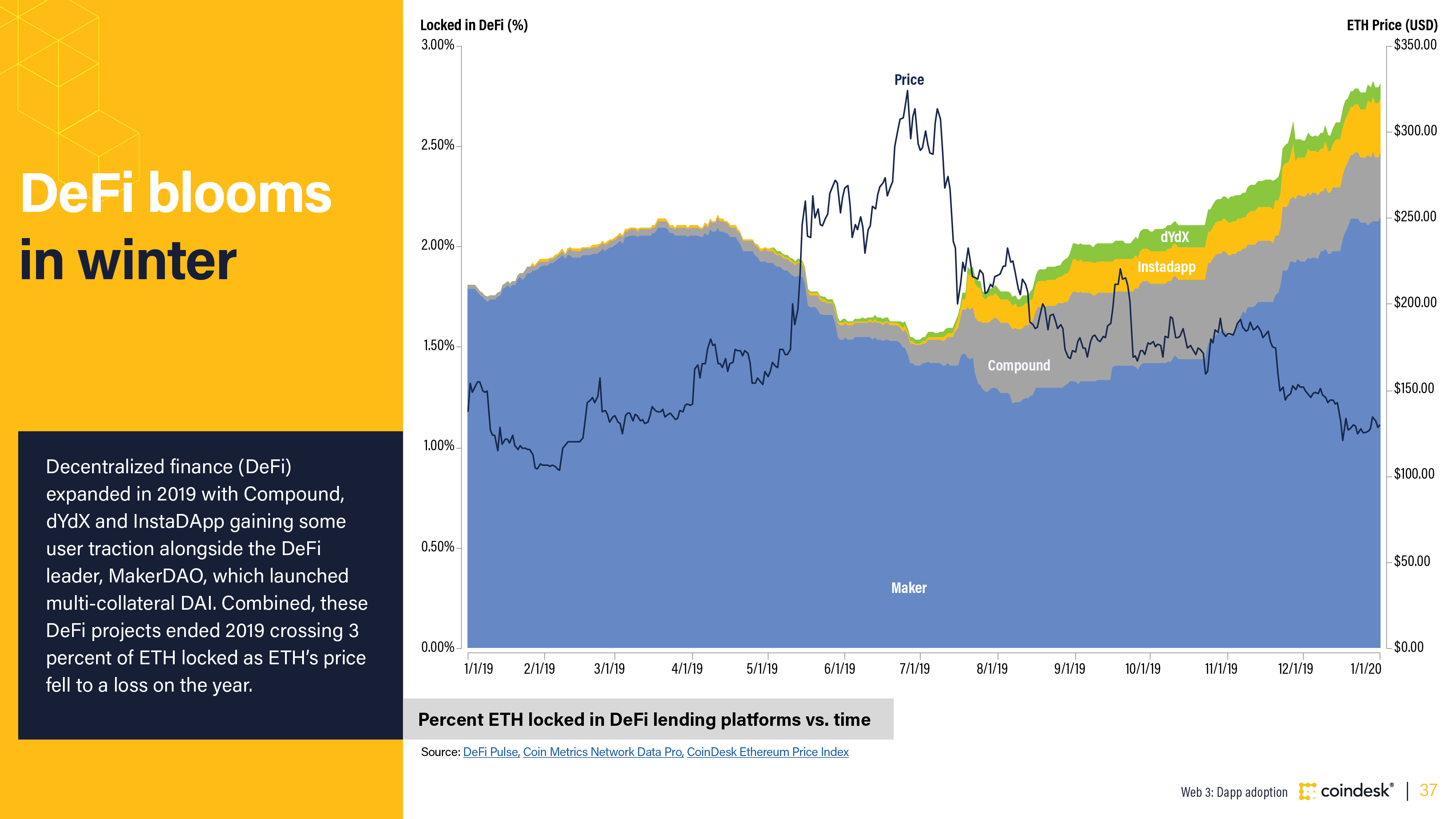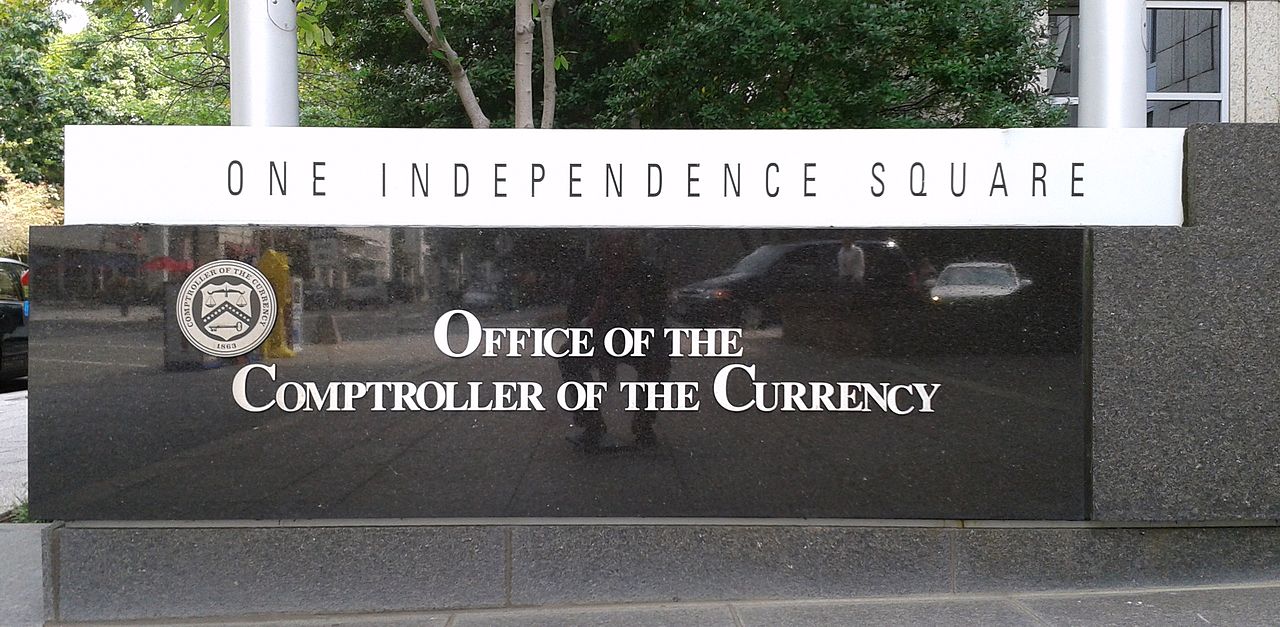Bitcoin Is Up 70% a Year After FTX Debacle, but ‘Alameda Gap’ in Liquidity Persists
/arc-photo-coindesk/arc2-prod/public/LXF2COBSKBCNHNRE3WTK2BZ7GE.png)
On Nov. 2, 2022, CoinDesk published an award-winning story, setting in motion a chain of events that led to the quick collapse of the now-convicted Sam Bankman Fried’s FTX crypto exchange, formerly the world’s third largest, and its sister concern, Alameda Research.
Bitcoin (BTC), the largest cryptocurrency by market value, bottomed out in the same month. It has since rallied 70% to $34,300. However, scars from the collapse of FTX and Alameda are still evident in the form of weak liquidity and market depth, which is the market’s ability to absorb large orders at stable prices.

01:10
Bitcoin’s Triangular Consolidation Offers Bullish Outlook: Technical Analysis

00:37
October Was ‘Uptober’ for Bitcoin

40:42
How Much Money Will Flow Into Bitcoin ETFs? Here’s One Projection

1:14:44
Why a Spot Bitcoin ETF Will Probably Launch No Later Than January 10
The combined 2% market depth for bitcoin, ether (ETH), and the top 30 alternative cryptocurrencies by market value is currently $800 million, 55% lower than a year ago, Dessislava Aubert, research analyst at Paris-based Kaiko, said in an email.
In other words, a year ago, it would have taken an order worth at least $1.8 billion to move prices 2% in either direction. Currently, an order of $800 million is enough to influence prices.
The substantial deterioration in liquidity, referred to as the Alameda Gap by Kaiko, means higher slippage costs for traders looking to execute large orders. Slippage refers to the difference between the expected cost of a trade and the actual cost of execution. Weak liquidity also means a few large orders can have an outsized impact on prices and breed price volatility.
Before it went bust, Alameda was the industry’s leading market maker, providing billions of dollars in liquidity in bitcoin, ether, and alternative cryptocurrencies. FTX was the third-largest perpetual futures exchange by open interest and trading volumes.
:format(jpg)/cloudfront-us-east-1.images.arcpublishing.com/coindesk/2WBLSMBDMFDC3AADMCJORMK2DQ.png)
The chart shows market depth for bitcoin improved to $350 million in October from $250 million in the third quarter. The cryptocurrency surged 28% in October, the biggest single-month percentage gain since January.
The rally in the market leader, however, did not improve the liquidity situation for ether and alternative cryptocurrencies.
Edited by Sheldon Reback.









